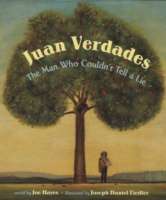
A wealthy rancher is so certain of the honesty of his foreman that he wagers his ranch.

A wealthy rancher is so certain of the honesty of his foreman that he wagers his ranch.
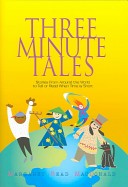
Three Minute Tales compiles delightful collection of entertaining stories from around the world to read or tell on any occasion.
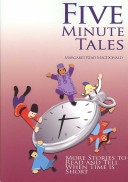
A companion to Three Minute Tales compiles another delightful collection of entertaining stories from around the world to read or tell on any occasion. Simultaneous.
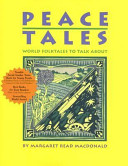
Maybe it’s the king who spills honey, and then says it is not his problem until it causes a war. Or maybe it’s some sandpipers and whales who get into a foolish fight that almost destroys their homes. Perhaps it’s the man who thinks that a gun makes him strong, or the monkeys who follow their leader into water that’s too deep.
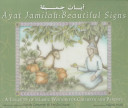
Drawing from not only the Qur’an and the traditions of Islamic spirituality, but also from mystical verse and folk tales, this collection of stories gathers traditional stories from the farthest reaches of the Muslim world. Includes explanatory notes. Illustrations.
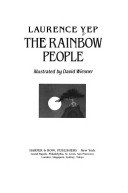
A collection of twenty Chinese folk tales that were passed on by word of mouth for generations, as told by some oldtimers newly settled in the United States.
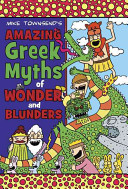
From Hercules’s snake assassin slippers to Arachne’s wicked weaver rap songs, these are the mythic monsters and Hellenic heroes that have captured Western culture for centuries, but are a whole lot more fun. Each story showcases the wondrous and blunderful antics of gods and mortals in bright graphics that rival the super-heroic action of The Lightning Thief, burst with the knock-your-socks-off humor of Jeff Kinney, and still remain unerringly faithful to the original myth. Kids won’t be able to resist the bickering sheep, unruly rulers, and undercover details of Amazing Greek Myths, while teachers, librarians, and parents can relish this new way to share moral messages that remain as relevant today as they were a thousand years ago.
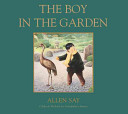
After Jiro encounters a life-like garden statue of a tall bird, he falls asleep and dreams of the story his mother once told him about a grateful crane.
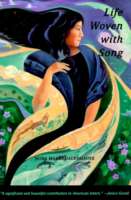
The Tlingit Indians of southeastern Alaska are known for their totem poles, Chilkat blankets, and ocean-going canoes. Nora Marks Dauenhauer is a cultural emissary of her people and now tells the story of her own life within the context of her community’s. Life Woven with Song re-creates in written language the oral tradition of the Tlingit people as it records memories of Dauenhauer’s heritage–of older relatives and Tlingit elders, of trolling for salmon and preparing food in the dryfish camps, of making a living by working in canneries. She explores these recurring themes of food and land, salmon and rainforest, from changing perspectives–as a child, a mother, and a grandmother–and through a variety of literary forms. In prose, Dauenhauer presents stories such as “Egg Boat”–the tale of a twelve-year-old girl fishing the North Pacific for the first time alone–and an autobiographical piece that reveals much about Tlingit lifeways. Then in a section of short lyrical poems she offers crystalline tributes to her land and people. In a concluding selection of plays, Dauenhauer presents three Raven stories that were adapted as stage plays from oral versions told in Tlingit by three storytellers of her community. These plays were commissioned by the Naa Kahidi Theater and have been performed throughout America and Europe. They take the form of a storyteller delivering a narrative while other members of the cast act and dance in masks and costumes. Collectively, Dauenhauer’s writings form an “autoethnography,” offering new insight into how the Tlingit have been affected by modernization and how Native American culture perseveres in the face of change. Despite the hardships her people have seen, this woman affirms the goodness of life as found in family and community, in daily work and play, and in tribal traditions.